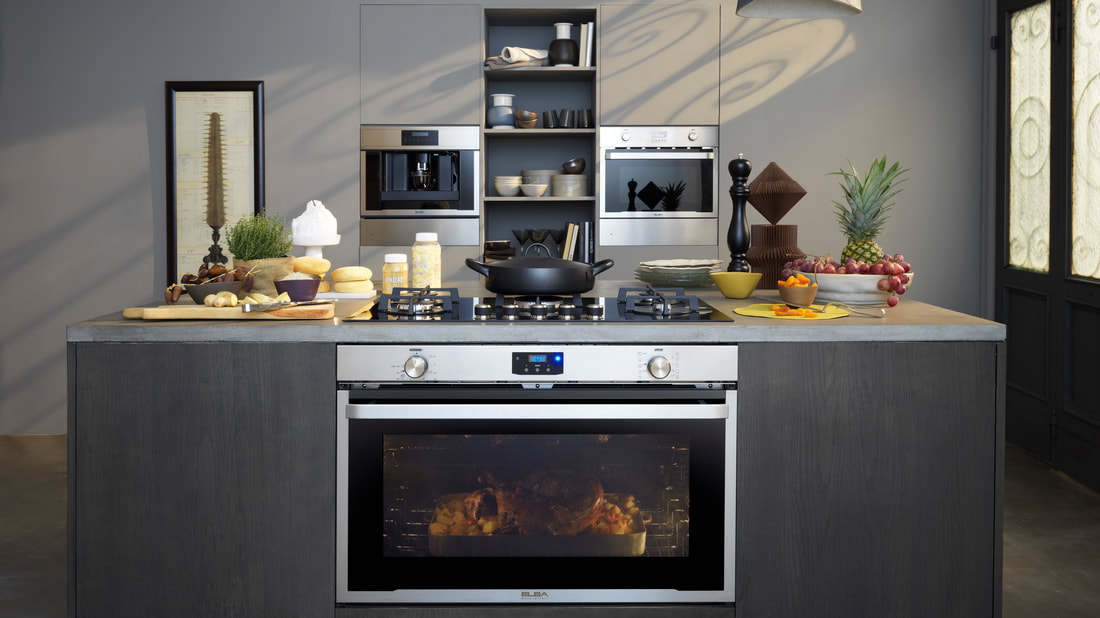Built-in microwaves are something that should be considered if you’re looking into kitchen appliances. However, selecting a built-in microwave oven presents a more intricate decision-making process compared to choosing a countertop model.
Built-in models seamlessly integrate into kitchen cabinets or wall units.
It is crucial to meticulously measure your available kitchen space, including width, height, and depth, to ensure that the selected microwave fits perfectly. Additionally, consider the use of a trim kit that not only increases the size but also matches the style of your cabinet.
The cooking power of the microwave oven is another significant factor to consider. Ponder upon the types of foods you intend to cook in the microwave and assess the required space accordingly. If you frequently reheat large dishes or casseroles, a higher-power microwave might be a preferable option. Conversely, if space is limited or if you primarily use it for reheating and defrosting purposes, a smaller model would likely suffice.
Typical microwave power ranges from 600 to 1200 watts. For tasks such as cooking or reheating substantial meals, opt for a higher-powered microwave model. Conversely, if power availability is limited or if simple tasks dominate its usage, a lower-powered model may meet your needs adequately.
Convection microwaves effortlessly combine microwave cooking with the features of a convection oven, allowing for baking and roasting. Sensor cooking technology automatically adjusts cooking time and power levels based on food moisture and temperature. Assess which of these features are essential for your unique cooking requirements and select a microwave model that encompasses them.
Proper ventilation is imperative when installing a built in microwave oven. These types of microwaves often come equipped with an exhaust system that effectively eliminates steam, smoke, and odors from the kitchen environment. Ensure that the chosen microwave possesses an adequate ventilation system that aligns with the existing ventilation configuration in your kitchen. Appropriate ventilation not only guarantees a pleasant cooking atmosphere but also prolongs the lifespan of your microwave oven.

Professional installation is required for built-in microwave ovens to ensure an impeccable fit and correct electrical connections. When making your selection, take into consideration the cost of installation and assess whether it can be done independently or necessitates hiring a professional.
End
Take size, cooking power, and features for example. So take some time to evaluate your needs, budgetary restrictions, and kitchen space availability. Don’t forget about research either. By doing so you’ll be able to choose a built-in microwave oven that’s perfect for your kitchen and elevates your cooking quality without compromising anything in return
